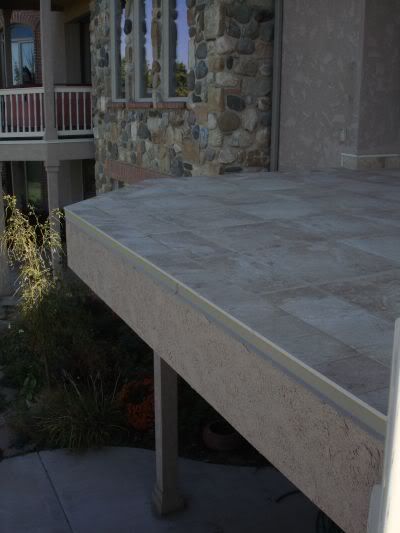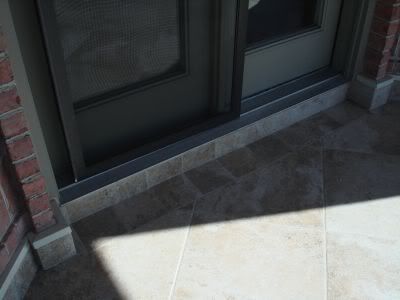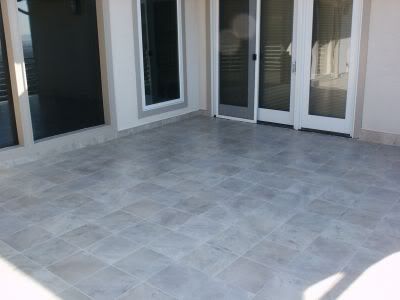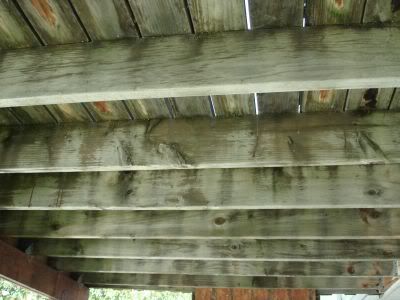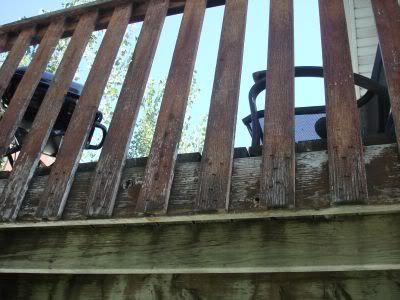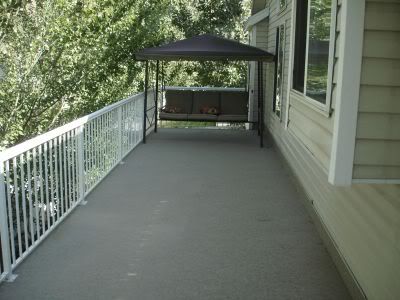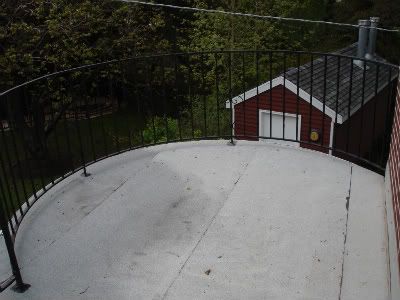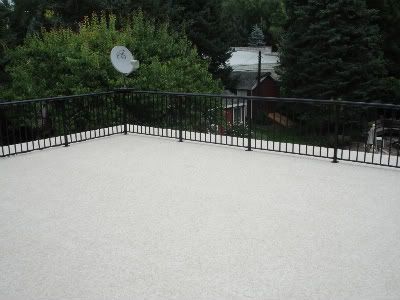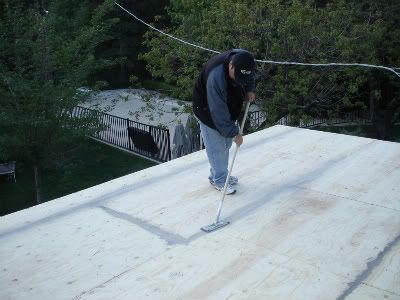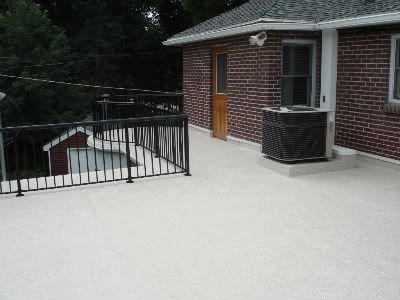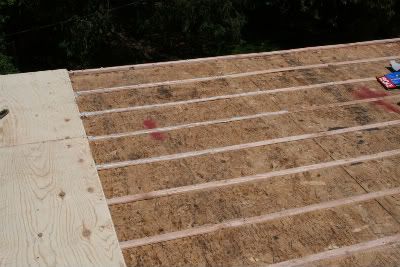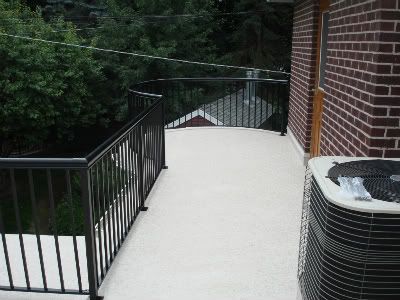 Here we have a beautiful home with a deck in front overlooking downtown Salt Lake City and the valley as well as a more private deck out the back. The home owner had been experiencing water leaks for several years and never found a good solution. It seemed every year or two they were spending more money on the next best thing that came along. I could hear the frustration in their voices as the described the events.
Here we have a beautiful home with a deck in front overlooking downtown Salt Lake City and the valley as well as a more private deck out the back. The home owner had been experiencing water leaks for several years and never found a good solution. It seemed every year or two they were spending more money on the next best thing that came along. I could hear the frustration in their voices as the described the events. These decks were designed to be an addition to the usable space of the home, opening up the outdoors and providing a place to relax and enjoy. Rather they became a burden, a money trap and not even being used.

These pictures are from the last attempt at waterproofing the decks. Some type of liquid applied product was used and it looks to have some sand added to it for slip resistance. There are a couple of problems here that the home owner may have uncovered with some effort. A large portion of the decking is over living space (that’s why the leaking was costing so much) and according to building code the waterproofing needs to be 60mil thickness at a minimum. So the question that came to mind was “How do you measure the thickness of a liquid rolled on? When the liquid dry’s it becomes hard and since this is a wood surface it will have movement. Wood shrinks, expands and contracts, and is subject to pressure from the home settling. So when that happens what is the result on the applied product? If it has dried on the wood surface it will fail simply because it can not “move” with the wood.

Installation from a trained professional also reduces silly mistakes likes these.
Notice the brick, the installer simply “painted” the lower brick and decided that was waterproof. The same was done for the bottom of the railing around both decks. This is an actual hole between the brick and the door, you can see where the “waterproofing has peeled away.

There are plenty of products out there. Home owners need to be aware of the proper questions to ask and do some homework to be certain you will not end up with a situation like the one described above. You can see our T.I.P.S at www.dekmax,com or at a minimum you should request a copy of the ICC ES report for the product you are considering. You can look yourself at www.icc-es.org
A home owner once asked me if they should just trust their contractor? Yes you should and you should ask any question you want because they should be able to answer it clearly in terms that you understand. They may be doing the work for you but it is still your project, your home and your money. Invest it don’t just spend it.



